Fluctuations in recruitment sources
The Ministry of Education and Training has just announced the threshold for ensuring input quality (floor score) for pedagogy and health majors with practice certificates. This year, the floor score for health majors is 2 points lower than in 2024. For health majors with practice certificates, the threshold for ensuring quality in medicine and dentistry is 20.5 points (down 2 points compared to last year); pharmacy and traditional medicine is 19 points.
The health majors include: nursing, preventive medicine, midwifery, medical laboratory technology, medical imaging technology, rehabilitation technology, and dental prosthetic technology with 17 points. Thus, all majors in the health majors this year decreased by 2 points due to the lower score range than last year and the sharp decrease in the number of candidates taking the exam.
This year, group B00 has nearly 47,000 candidates taking the exam (equal to 1/7 of 2024), of which 1 candidate achieved a perfect score of 30/30 points; 1 candidate achieved 29.75/30 points; 6 candidates achieved 29.5/30 points; 5 candidates achieved 29.25/30 points. Nationwide, there are 314 candidates achieving 28 points or more in group B00.

This year, the total number of candidates for 17 health majors is about 53,000, but the number of candidates who took the exam with B00 combination and scored 15/30 or more is more than 33,000. Thus, on average, the health majors do not have enough candidates with B00 combination to enroll.
In recent years, in addition to recruiting for the B00 group, medical schools have also recruited for a series of other groups such as A00 (Math, Physics, Chemistry), A01 (Math, Physics, English), D07 (Math, Chemistry, English), D01 (Math, Literature, English). Therefore, it is possible that this group of schools only has a small number of recruits for the B00 group, and does not lack recruits for the other groups.
Some medical schools have announced the minimum scores for admission this year. The minimum scores are equivalent to the regulations of the Ministry of Education and Training, including Can Tho University of Medicine and Pharmacy. Ho Chi Minh City University of Medicine and Pharmacy has 2 majors with higher scores than the minimum scores of the Ministry of Education and Training: dentistry and medicine (22 points, the Ministry of Education and Training stipulates 20.5 points). The remaining majors are from 17 to 19 points as prescribed by the Ministry of Education and Training.
But considering the medical majors including medicine, dentistry, traditional medicine (which are majors that mainly use B00 candidates, or combinations with Biology, only a few schools consider other combinations), the actual recruitment source is seriously lacking. Last year, the quota for medical majors was 6,000, this year it is nearly 17,000.
The quota for the medical industry alone (the industry with the highest benchmark score in the health sector) is about 12,000. In 2024, for public schools, the lowest benchmark score for the medical industry will be nearly 25 points. According to the B00 combination score spectrum this year, at 24.75 points, only 4,498 students nationwide achieved (last year, 23,208 students achieved this level).
With the minimum score announced by the Ministry of Education and Training, the whole country has nearly 15,000 students reaching this level. Thus, the universities training doctors in the middle class will face great difficulties in recruiting. The top schools are forecasted to have a stable standard score at a high level (schools with a standard score of 27 - 28/30 points), because the quota of these schools is small.
As for Hanoi Medical University, this year for the first time, they applied bonus points of 1-2 points for candidates with foreign language certificates, so the standard score for medical majors did not decrease compared to last year.
Tuition worries
Among the 7 training groups, the health sector has the highest tuition fees according to the Government's regulations. This year, applying Decree 81 and 97 (Government's Decree on tuition fees), the highest tuition fee for the health sector (non-autonomous schools) is 3.1 million VND/month, for partially autonomous schools it is 6.2 million VND/month and for fully autonomous schools it is 7.75 million VND/month.
For non-public schools, tuition fees are hundreds of millions of dong. If we calculate the tuition fees of partially autonomous public universities, the tuition fee for a medical undergraduate (6 years) is about 500 million dong (tuition fees increase 10% each year). If you complete your residency (3 more years), the tuition fee must be up to nearly 1 billion dong.
Tuition fees for non-public schools when completing a bachelor’s or specialist program are in the billions of dong. Medical students do not have the opportunity to work part-time because they have to study clinical studies in parallel with theory at the hospital.
Associate Professor Le Dinh Tung, Vice Rector of Hanoi Medical University, affirmed that medical training is among the most expensive in the world. This expense comes from specific training costs. In addition to paying tuition fees for training facilities, students also have to pay tuition fees for clinical training facilities (hospitals).
To solve the double problem of tuition fees for students, Mr. Tung said that universities alone cannot solve it, it needs the cooperation of philanthropists, social organizations that provide scholarships and support from the practice facilities themselves. Otherwise, the training of doctors cannot guarantee quality when high tuition fees are a barrier for students to study.

The minimum score for the C00 combination of the Diplomatic Academy is up to 25 points.

The minimum score for military schools is 14.5 points.

Over 21,000 candidates with international certificates registered for admission to the National Economics University
Source: https://tienphong.vn/noi-lo-kep-cua-sinh-vien-nganh-y-post1763028.tpo




![[Photo] Closing of the 14th Conference of the 13th Party Central Committee](https://vphoto.vietnam.vn/thumb/1200x675/vietnam/resource/IMAGE/2025/11/06/1762404919012_a1-bnd-5975-5183-jpg.webp)





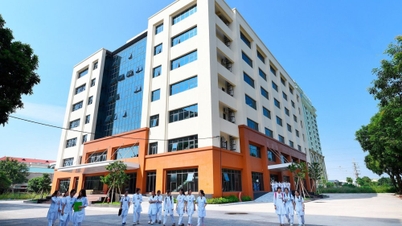





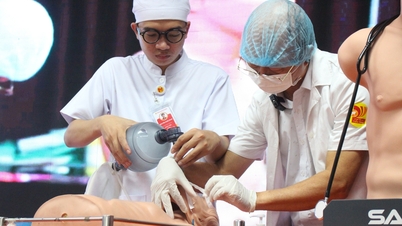

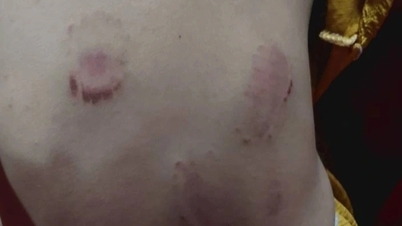





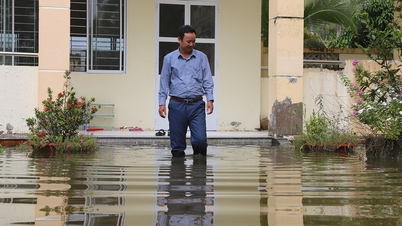









































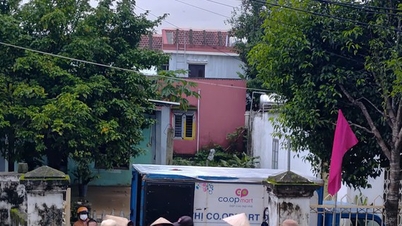




























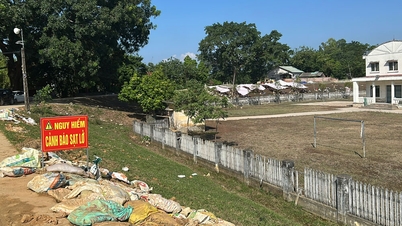

















Comment (0)